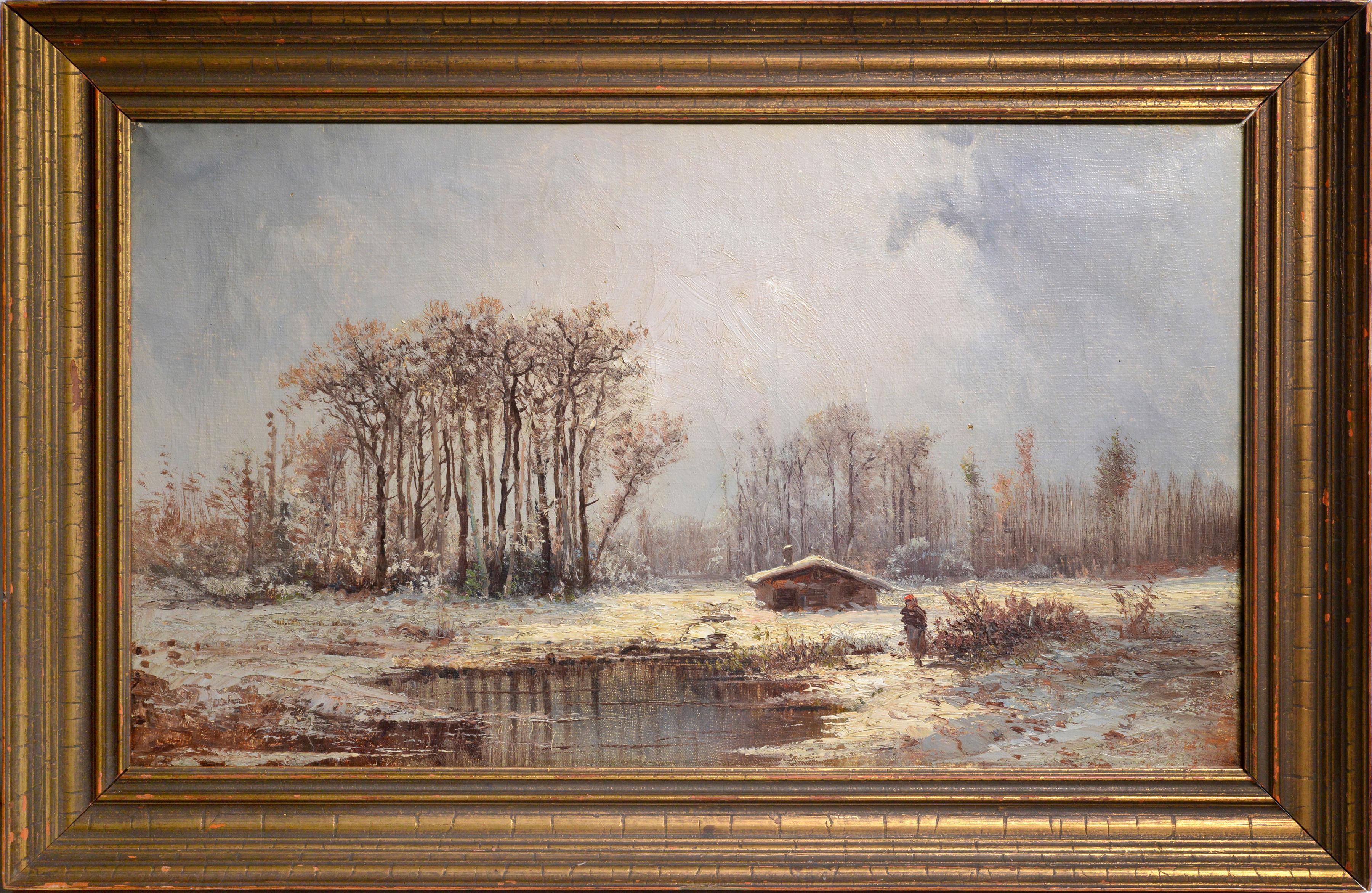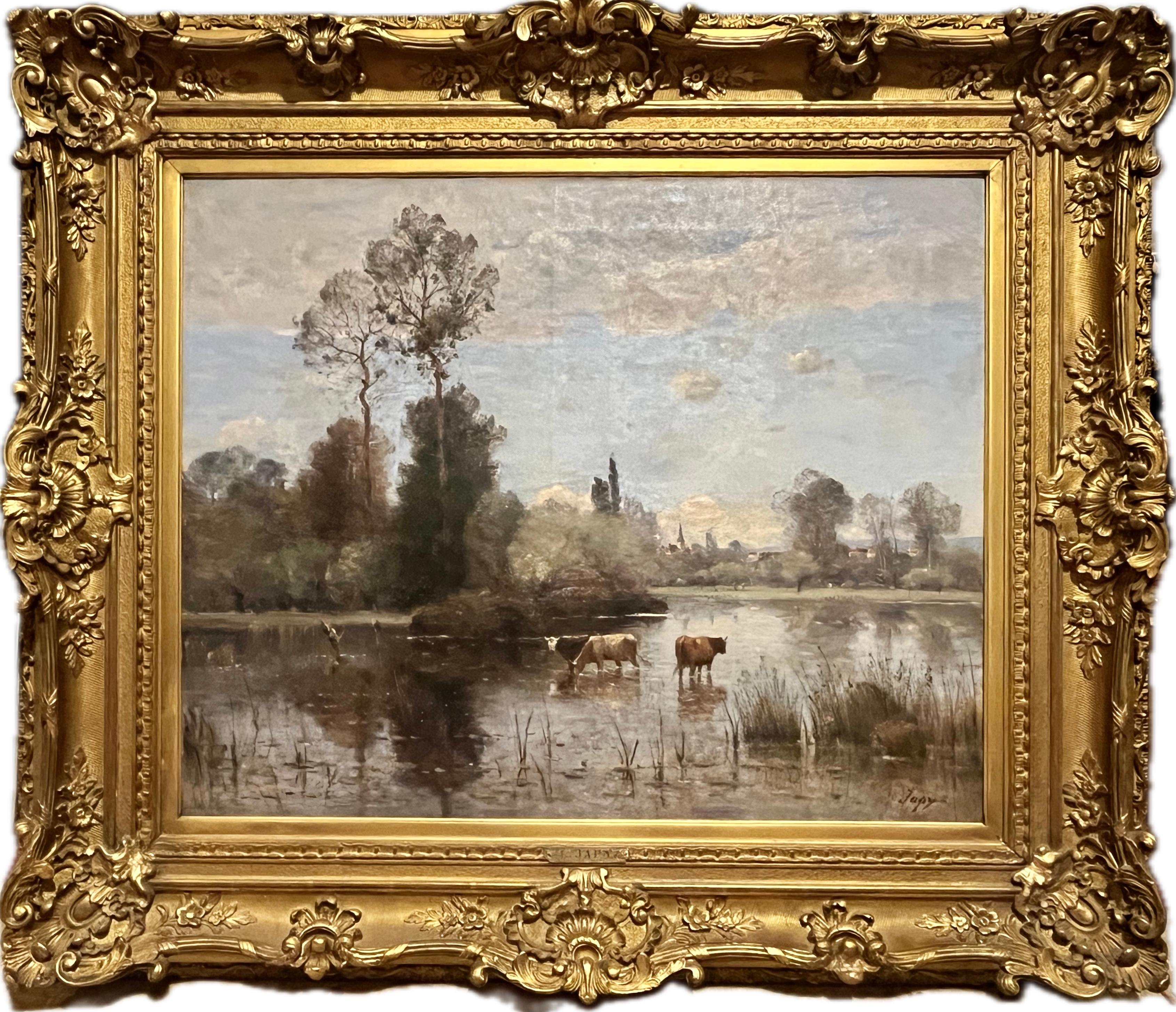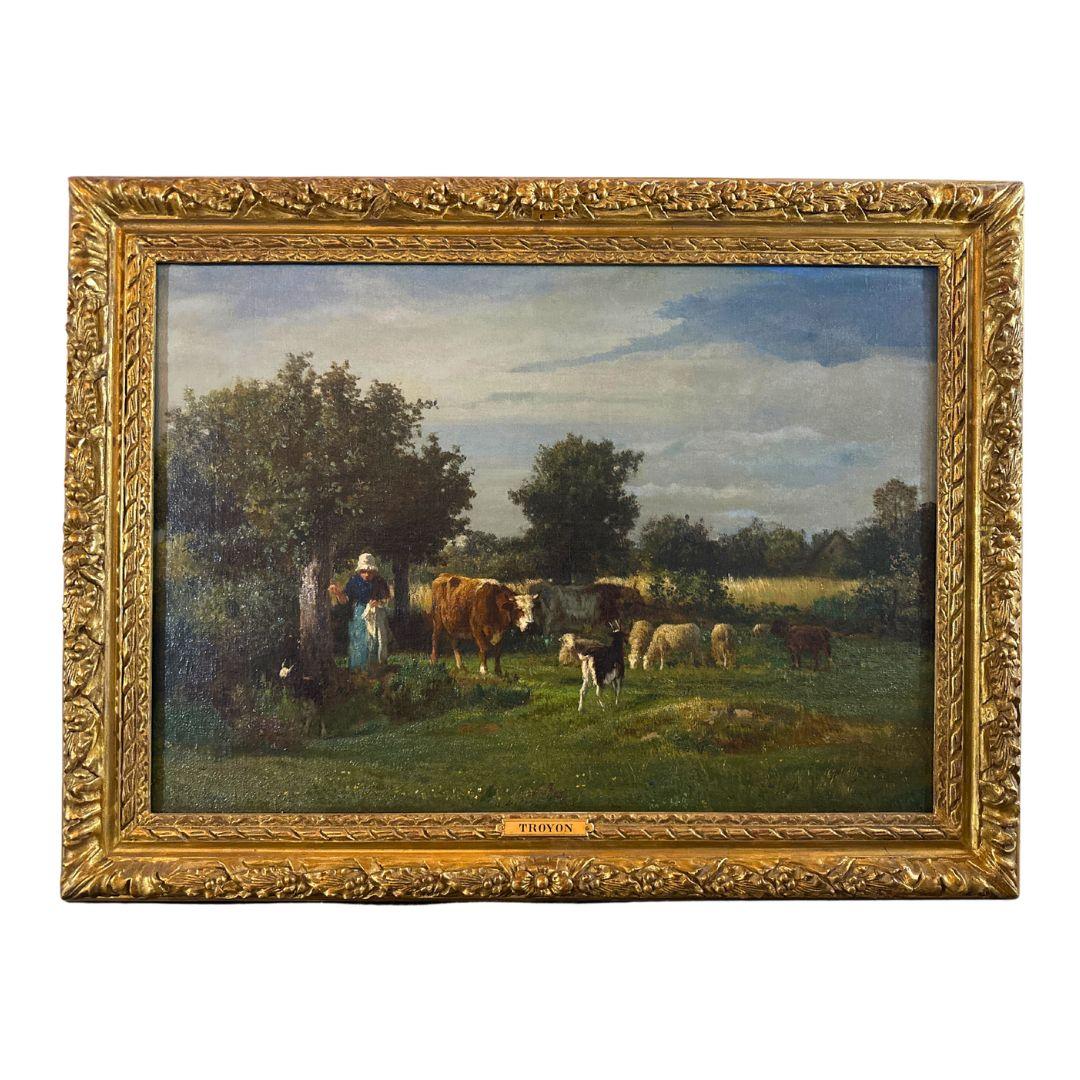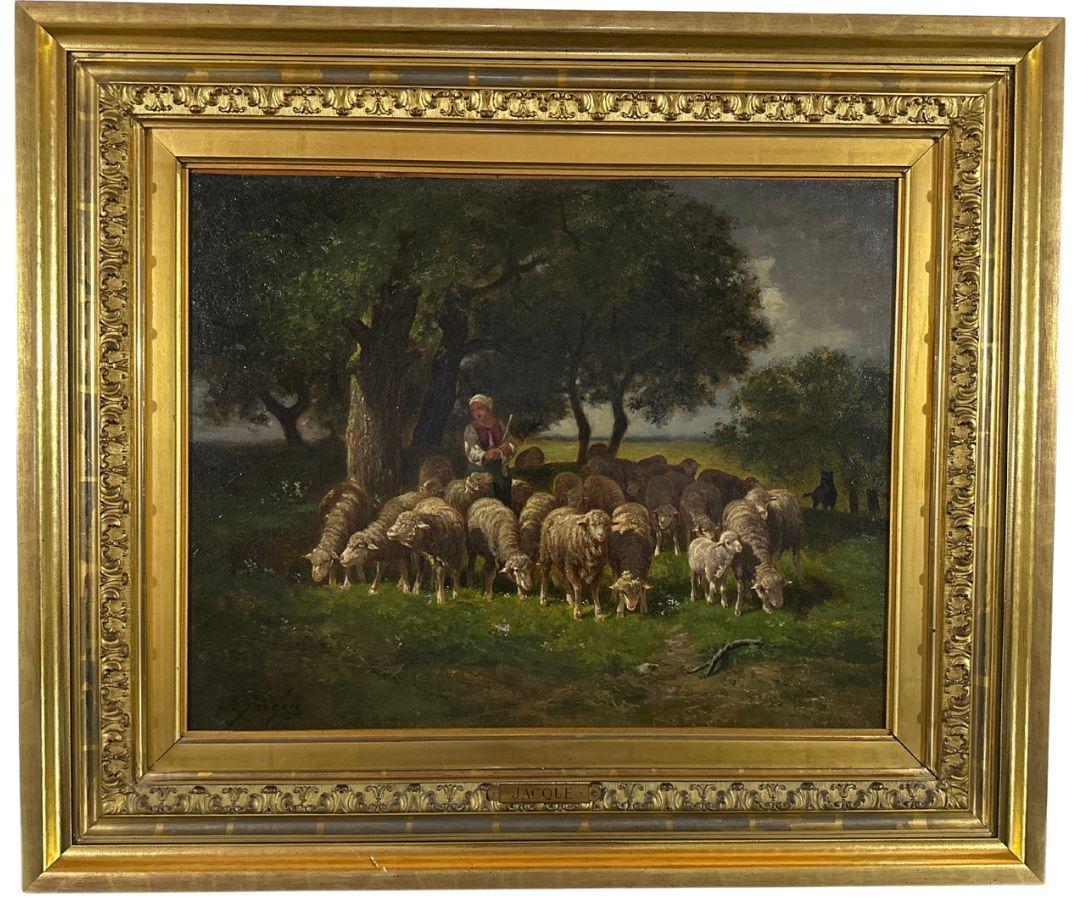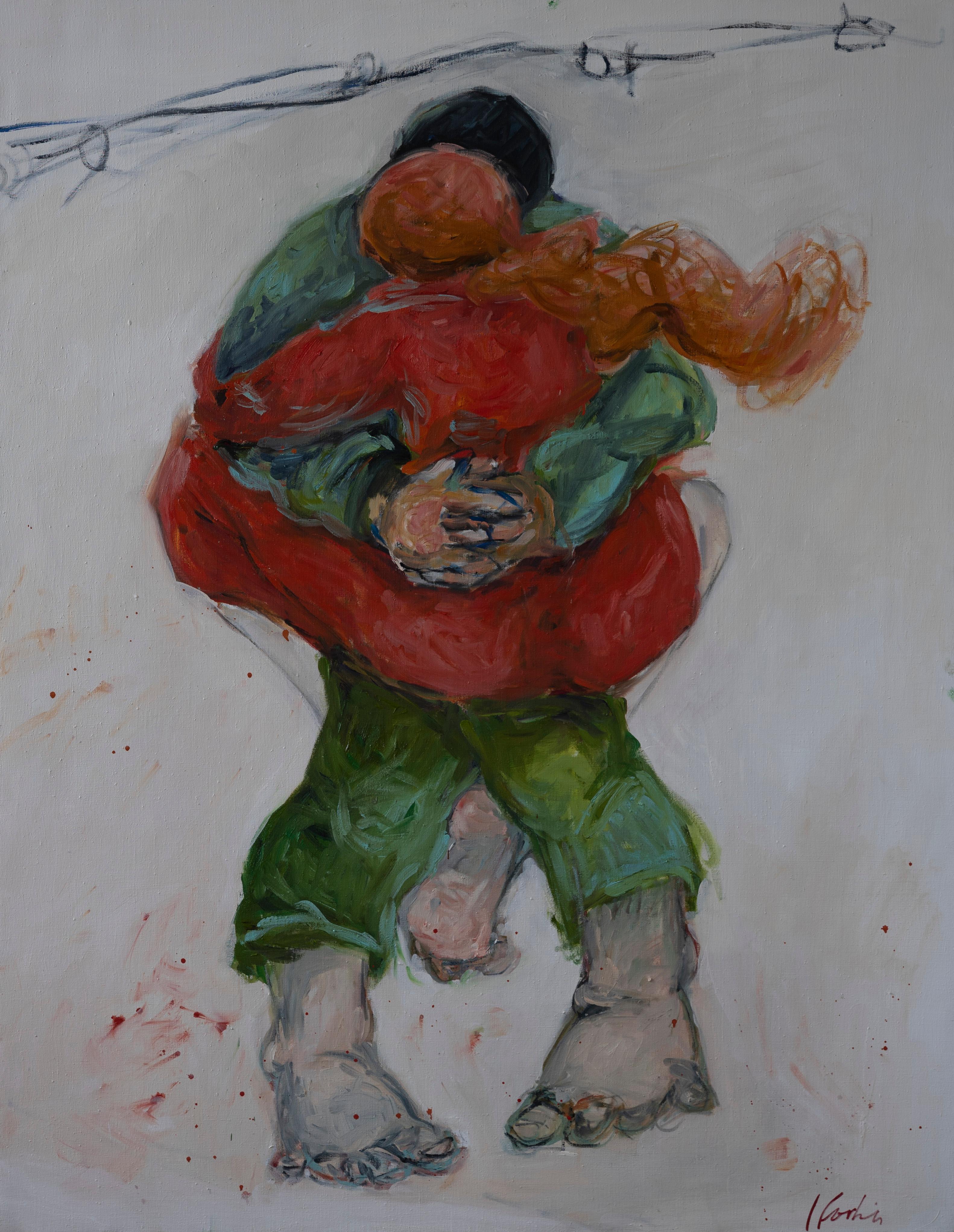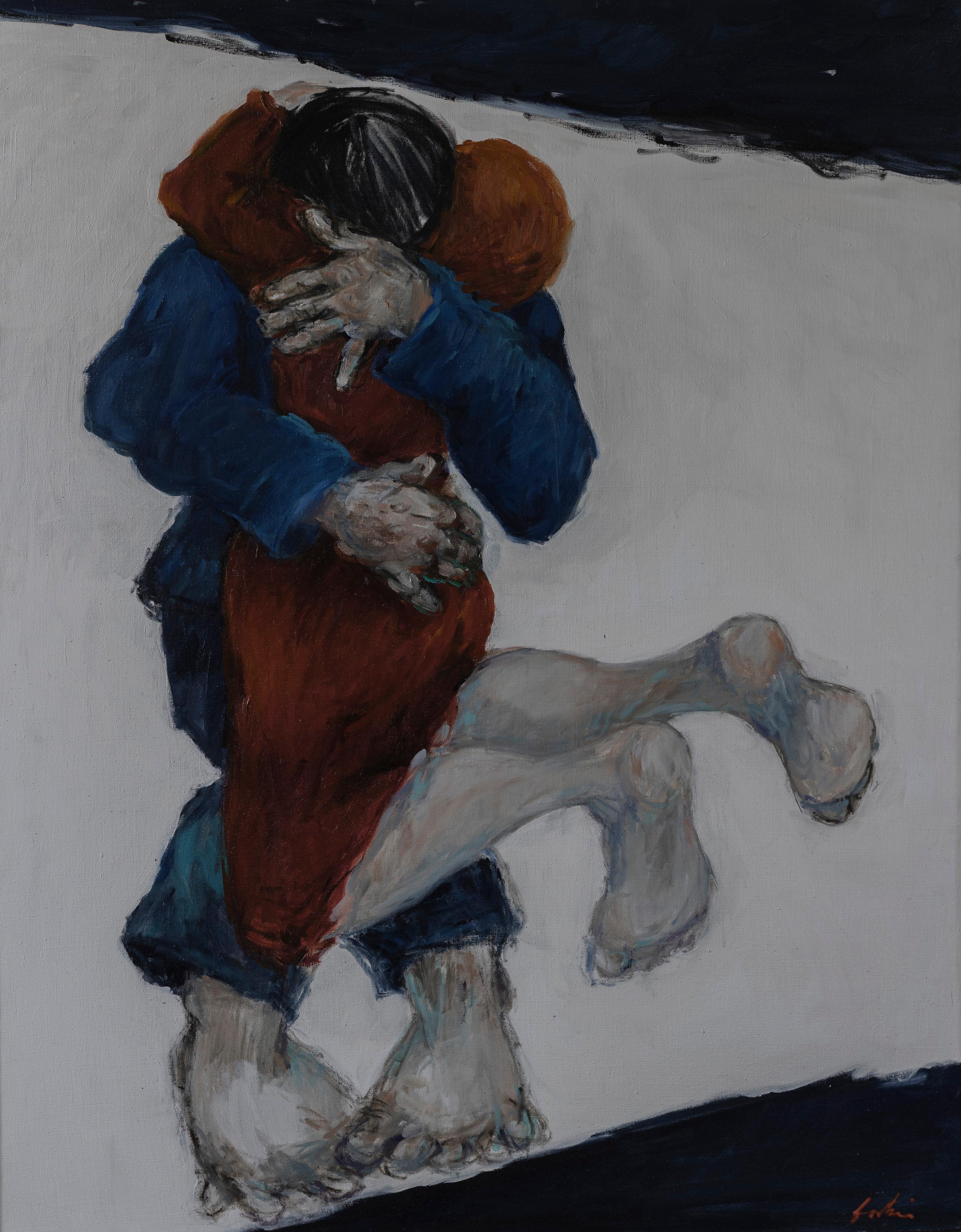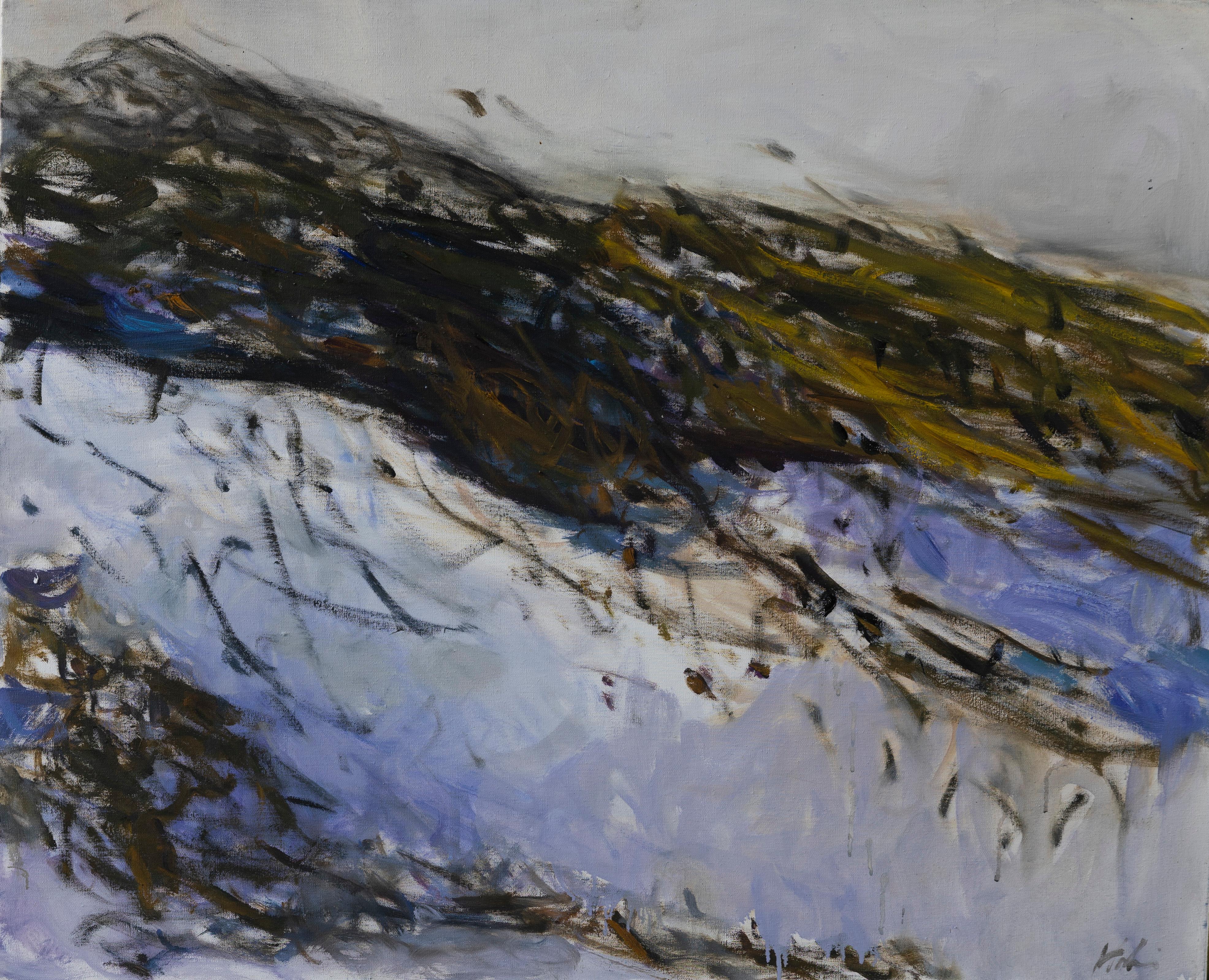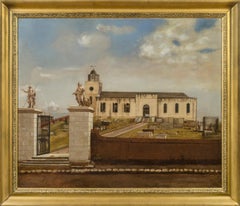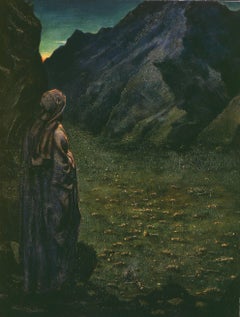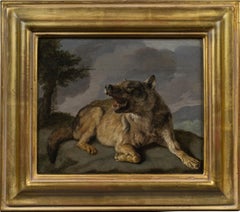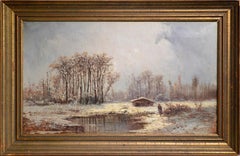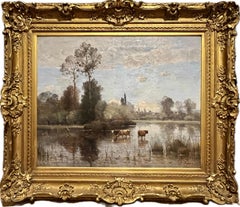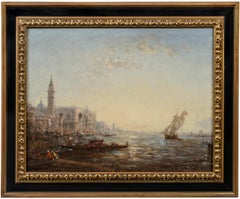
Sunrise over the Bacino di San Marco
View Similar Items
Want more images or videos?
Request additional images or videos from the seller
1 of 6
Félix ZiemSunrise over the Bacino di San Marco
About the Item
- Creator:Félix Ziem (1821 - 1911, French)
- Dimensions:Height: 21.5 in (54.61 cm)Width: 27.5 in (69.85 cm)
- Medium:
- Movement & Style:
- Period:
- Condition:
- Gallery Location:New York, NY
- Reference Number:1stDibs: LU1024578841

About the Seller
5.0
Recognized Seller
These prestigious sellers are industry leaders and represent the highest echelon for item quality and design.
Established in 1997
1stDibs seller since 2012
17 sales on 1stDibs
Typical response time: 11 hours
More From This SellerView All
- View of St. John’s Cathedral, AntiguaLocated in New York, NYProvenance: Robert Hollberton, Antigua, ca. 1841 Private Collection, New York The present painting depicts Old St. John’s Cathedral on the island of Antigua. The church was erected in the 1720s on the designs of the architect Robert Cullen. It measured 130 feet by 50 feet with north and south porches 23 x 20 ½ feet. The tower, 50 feet high with its cupola, was added in 1789. The church was elevated to the status of a cathedral, but disaster struck in the form of an earthquake that destroyed the building on 8 February 1843. A memorandum of that date relates the event: “On Wednesday, 8th February, 1843, this island was visited by a most terrific and destructive earthquake. At twenty minutes before eleven o’clock in the forenoon, while the bell was ringing for prayers, and the venerable Robert Holberton was in the vestry-room, awaiting the arrival of persons to have their marriage solemnized, before the commencement of the morning service, the whole edifice, from one end to the other, was suddenly and violently agitated. Every one within the church, after the first shock, was compelled to escape for his life. The tower was rent from the top to the bottom; the north dial of the clock precipitated to the ground with a dreadful crash; the east parapet wall of the tower thrown upon the roof of the church; almost the whole of the north-west wall by the north gallery fell out in a mass; the north-east wall was protruded beyond the perpendicular; the altar-piece, the public monument erected to the memory of lord Lavington, and the private monuments, hearing the names of Kelsick, Warner, Otley, and Atkinson, fell down piecemeal inside; a large portion of the top of the east wall fell, and the whole of the south-east wall was precipitated into the churchyard, carrying along with it two of the cast-iron windows, while the other six remained projecting from the walls in which they had been originally inserted; a large pile of heavy cut stones and masses of brick fell down at the south and at the north doors; seven of the large frontpipes of the organ were thrown out by the violence of the shock, and many of the metal and wooden pipes within displaced; the massive basin of the font was tossed from the pedestal on which it rested, and pitched upon the pavement beneath uninjured. Thus, within the space of three minutes, this church was reduced to a pile of crumbling ruins; the walls that were left standing being rent in every part, the main roof only remaining sound, being supported by the hard wood pillars.” The entrance from the southern side into the cathedral, which was erected in 1789, included two imposing statues, one of Saint John the Divine and the other of Saint John the Baptist in flowing robes. It is said that these statues were confiscated by the British Navy from the French ship HMS Temple in Martinique waters in 1756 during the Seven Years’ War and moved to the church. The statues are still in situ and can be seen today, much as they appeared in Bisbee’s painting, but with the new cathedral in the background (Fig. 1). Little is known of the career of Ezra Bisbee. He was born in Sag Harbor, New York in 1808 and appears to have had a career as a political cartoonist and a printmaker. His handsome Portrait of President Andrew Jackson is dated 1833, and several political lithographs...Category
19th Century Old Masters Landscape Paintings
MaterialsCanvas, Oil
- Ezekiel in the Valley of Dry BonesBy Philip Burne-JonesLocated in New York, NYProvenance: Christie’s, London, 3 March 1922, lot 46 (with The Tower of Babel); James Nicoll Private Collection Sotheby’s, London, 29 March 1983, lot 157 Private Collection, New Yo...Category
Late 19th Century Victorian Figurative Paintings
MaterialsCanvas, Oil
- A WolfLocated in New York, NYProvenance: The Marchesi Strozzi, Palazzo Strozzi, Florence Sale, Christie’s, London, May 20, 1993, lot 315, as by Carl Borromaus Andreas Ruthart...Category
17th Century Old Masters Animal Paintings
MaterialsCanvas, Paper, Oil
- Allegory of AbundanceLocated in New York, NYPainted in collaboration with Hendrick van Balen (Antwerp, 1575 – 1632). Provenance: Private Collection, Uruguay, since the 1930s. The eldest son of Jan Br...Category
17th Century Old Masters Paintings
MaterialsCopper
- Two Scenes of Diana and Actaeon (a pair)By Giovanni Battista ViolaLocated in New York, NYProvenance: Robert L. and Bertina Suida Manning, New York, until 1996 Private Collection, USA Giovanni Battista Viola was born in Bologna a...Category
17th Century Baroque Landscape Paintings
MaterialsCopper
- An Architectural Capriccio with the Preaching of an ApostleBy Giovanni Paolo PaniniLocated in New York, NYProvenance: Santambrogio Antichità, Milan; sold, 2007 to: Filippo Pernisa, Milan; by whom sold, 2010, to: Private Collection, Melide, Switzerland De Primi Fine Art, Lugano, Switzerland; from whom acquired, 2011 by: Private Collection, Connecticut (2011-present) Literature: Ferdinando Arisi, “Ancora sui dipinti giovanili del Panini,” Strenna Piacentina (Piacenza, 2009): pp. 48, 57, 65, fig. 31, as by Panini Ferdinando Arisi, “Panini o Ghisolfi o Carlieri? A proposito dei dipinti giovanili,” Strenna Piacentina, (Piacenza, 2010), pp. 100, 105, 116, fig. 101, as an early work by Panini, a variant of Panini’s painting in the Museo Cristiano, Esztergom, Hungary. This architectural capriccio is one of the earliest paintings by Giovanni Paolo Panini, the preeminent painter of vedute and capricci in 18th-century Rome. The attribution to Panini has been endorsed by Ferdinando Arisi, and a recent cleaning of the painting revealed the artist’s signature in the lower right. Like many of his fellow painters working in Rome during his day, Panini was not a native of the Eternal City. He first trained as a painter and stage designer in his hometown of Piacenza and moved to Rome at the age of 20 in November 1711 to study figure painting. Panini joined the workshop of Benedetto Luti (1666-1724) and from 1712 was living on the Piazza Farnese. Panini, like many before and after him, was spellbound by Rome and its classical past. He remained in the city for the rest of his career, specializing in depicting Rome’s most important monuments, as well as creating picturesque scenes like this one that evoked the city’s ancient splendor. The 18th century art historian Lione Pascoli, who likely knew Panini personally, records in his 1730 biography of the artist that when Panini came to Rome, he was already “an excellent master and a distinguished painter of perspective, landscape, and architecture.” Panini’s earliest works from this period still show the evidence of his artistic formation in Piacenza, especially the influence of the view painter Giovanni Ghisolfi (1623-1683). However, they were also clearly shaped by his contact in Rome with the architectural capricci of Alberto Carlieri...Category
18th Century Old Masters Figurative Paintings
MaterialsCanvas, Oil
You May Also Like
- Antique Oil on Canvas Painting "Dancing Nymphs" Mythological Landscape SceneLocated in Firenze, ITA luxuriant forest is the romantic and lyrical landscape where the dance of the nude nymphs takes place in this joyful 19th Century antique oil on canvas painting featuring a mythological scene. Dance of the Nymphs and Naiads is a myth inspired by the tales of ancient Greece and ancient Rome, a subject already much loved in the Renaissance period as an allegory of rebirth - as in one of the most famous paintings in the world the Spring by Sandro Botticelli- then reproduced throughout the neoclassicism by academic painters -due to the renewed interest in classical artworks following the discovery of archaeological sites- and taken up later, with ecological purposes and meanings, also by the Barbizon school and Impressionist artists. The present artwork – signed Vagner low left and datable to the second half of the 19th century - is closely inspired by an important work by the great Camille Corot, which is now housed at the Musée d'Orsay (Paris). This historical oil on canvas painting, featuring a joyful scene with the three graces and other dancing nymphs...Category
19th Century Barbizon School Landscape Paintings
MaterialsCanvas, Oil
- Spring Thaw Barbizon Landscape 19th century Oil painting by French ImpressionistBy Emile GodchauxLocated in Stockholm, SEOne of early of the French artist’s works by Emile Godchaux (fra.: Émile Godchaux, 1860 - 1938), late 19th century. This amazing landscape takes us to a cloudy spring day, making us ...Category
Late 19th Century Barbizon School Landscape Paintings
MaterialsCanvas, Oil, Wood
- Louis Aime JapyBy Louis Aimé JapyLocated in Dallas, TXLouis Aimé Japy (1840-1916) Oil on canvas Cows in river with village in background Signed lower right, Japy. Canvas 26” x 32” Overall in a period gilt frame 38” x 44”. Conditi...Category
1870s Barbizon School Landscape Paintings
MaterialsCotton Canvas, Oil
- "Shepherdess With Farm Animals" 19th century Antique Oil painting on CanvasBy Constant TroyonLocated in Jacksonville, FLDescription: The Painting is signed and dated Constant Troyon born on August 28, 1810, and passing away on February 21, 1865, Constant Troyon was a French painter associated with the...Category
19th Century Barbizon School Animal Paintings
MaterialsCanvas, Oil
- Barbizon School Antique Oil Painting On Canvas 1840s, Size: 20.50″x 25.75″Located in Jacksonville, FLPROVENANCE Alfred J. Fisher Detroit Institute of Arts (bequeathed by the above and sold: Sotheby's, New York, November 3, 1999, lot 17) Private collection (acquired at the above sale...Category
19th Century Barbizon School Landscape Paintings
MaterialsCanvas, Oil
- French Contemporary Art by Laurence Forbin - Grande EtreinteBy Laurence ForbinLocated in Paris, IDFOil on canvasCategory
2010s Barbizon School Landscape Paintings
MaterialsCanvas, Oil
Recently Viewed
View AllMore Ways To Browse
Antique Gondola
Antique Velvet Dress
Venetian Velvet
Yellow Love Seat
Sea Dragon
Turner Sea
Golden Dragon
Venice Gondola Painting
Adjusts Sculpture Stand
Used Sloop
Winged Heart
Doge Of Venice
Paintings Of Venice Gondolas
Painting Venice San Marco
Pier Point
Unknown 19th Century European School
Venice Piazza San Marco
Red Dragon Painting
